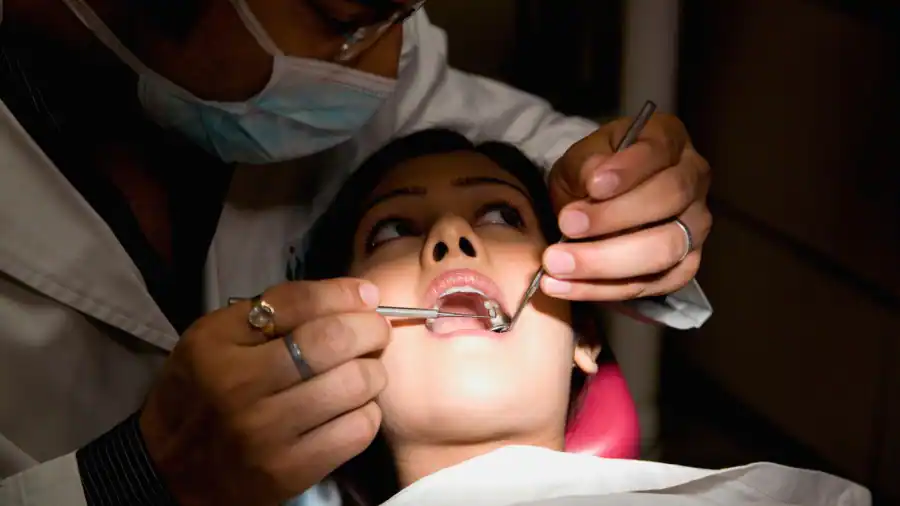There are many different types of dental procedures that can be performed by a dentist. These procedures can be divided into several categories, including preventive care, restorative care, cosmetic care, and surgical care. Preventive care includes procedures such as cleanings, fluoride treatments, and sealants, which help to prevent tooth decay and gum disease. Restorative care includes procedures such as fillings, crowns, and bridges, which are used to repair damaged teeth. Cosmetic care includes procedures such as teeth whitening, veneers, and orthodontic treatment, which are designed to improve the appearance of the teeth and smile. Surgical care includes procedures such as extractions, root canals, and dental implants, which are used to remove damaged or infected teeth or to replace missing teeth. Regardless of the type of procedure, it is important to maintain good oral hygiene and to see a dentist regularly to ensure that your teeth and gums are healthy.
Dental procedures are essential to maintaining good oral health and preventing tooth decay, gum disease, and other dental problems. There are many different types of dental procedures, ranging from basic preventive care to complex restorative and cosmetic treatments. Here is a list of some common dental procedures, along with a brief explanation of each:
- Teeth Cleaning: Also known as dental prophylaxis, teeth cleaning is a routine procedure that involves removing plaque and tartar (hardened plaque) from the teeth. This helps to prevent tooth decay and gum disease.
- Dental Fillings: When a tooth has a cavity, a dental filling can be used to restore it. There are several types of dental fillings, including amalgam (silver), composite (tooth-colored), and gold. The type of filling used will depend on the location of the cavity and the patient’s preferences.
- Dental Crowns: A dental crown is a cap that is placed over a damaged or decayed tooth to restore its shape, size, and strength. Crowns can be made from a variety of materials, including porcelain, ceramic, and gold.
- Dental Bridges: A dental bridge is a false tooth (pontic) that is supported by two crowns on either side of a gap caused by missing teeth. The crowns are attached to the natural teeth, and the pontic is suspended between them, filling the gap.
- Dental Implants: A dental implant is a titanium post that is surgically placed into the jawbone and used to support a crown, bridge, or denture. Dental implants are a permanent solution for missing teeth and are considered the best option for replacing them.
- Root Canal Therapy: When the pulp (nerve and blood supply) of a tooth becomes infected or damaged, root canal therapy is needed to save the tooth. During the procedure, the infected or damaged pulp is removed, and the inside of the tooth is cleaned and sealed.
- Extractions: An extraction is the removal of a tooth from the mouth. Extractions may be necessary for a variety of reasons, including decay, crowding, infection, or trauma.
- Orthodontic Treatment: Orthodontic treatment is used to straighten teeth and correct bite problems. This can be done using traditional braces or clear aligners.
- Periodontal Treatment: Periodontal treatment is used to treat gum disease and restore the health of the gums. This can involve deep cleaning (scaling and root planing), antibiotics, or surgery.
- Cosmetic Procedures: Cosmetic procedures are elective treatments that are designed to improve the appearance of the teeth and smile. Examples include teeth whitening, veneers, and bonding.
It’s important to maintain good oral hygiene and visit the dentist regularly to prevent the need for more extensive dental procedures. By brushing teeth, using fluoride toothpaste, and avoiding sugary foods and drinks, you can help keep your teeth healthy and strong.




